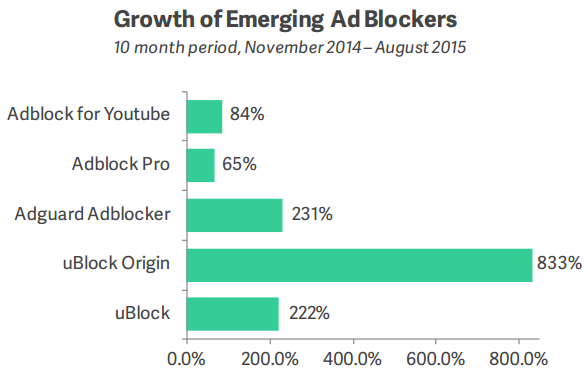People are increasingly using the technology on their mobile devices and computers to block intrusive advertisements while surfing the web.
Facebook has tried to ban it. Google has attempted to outsmart it.
But no matter what these tech giants do, people’s use of software to block digital advertising — often the lifeblood of companies’ online business models — keeps gaining traction worldwide.
According to New York Times, roughly 11 percent of internet users globally relied on ad blockers to avoid some form of digital advertising last year when surfing the web. That equates to more than 600 million devices, from smart phones to traditional computers.
By using software to block digital advertising, critics say, users are breaking an unwritten pact with websites and digital publishers, many of which generate the bulk of their revenue from these ads.
“There’s been a massive surge of mobile ad-blockers in these countries that no one anticipated,” said Sean Blanchfield, chief executive of PageFair. “In the West, I expect the same trend to blindside us in the very near future.”
This rise of ad blockers has not gone unnoticed by the advertising industry




